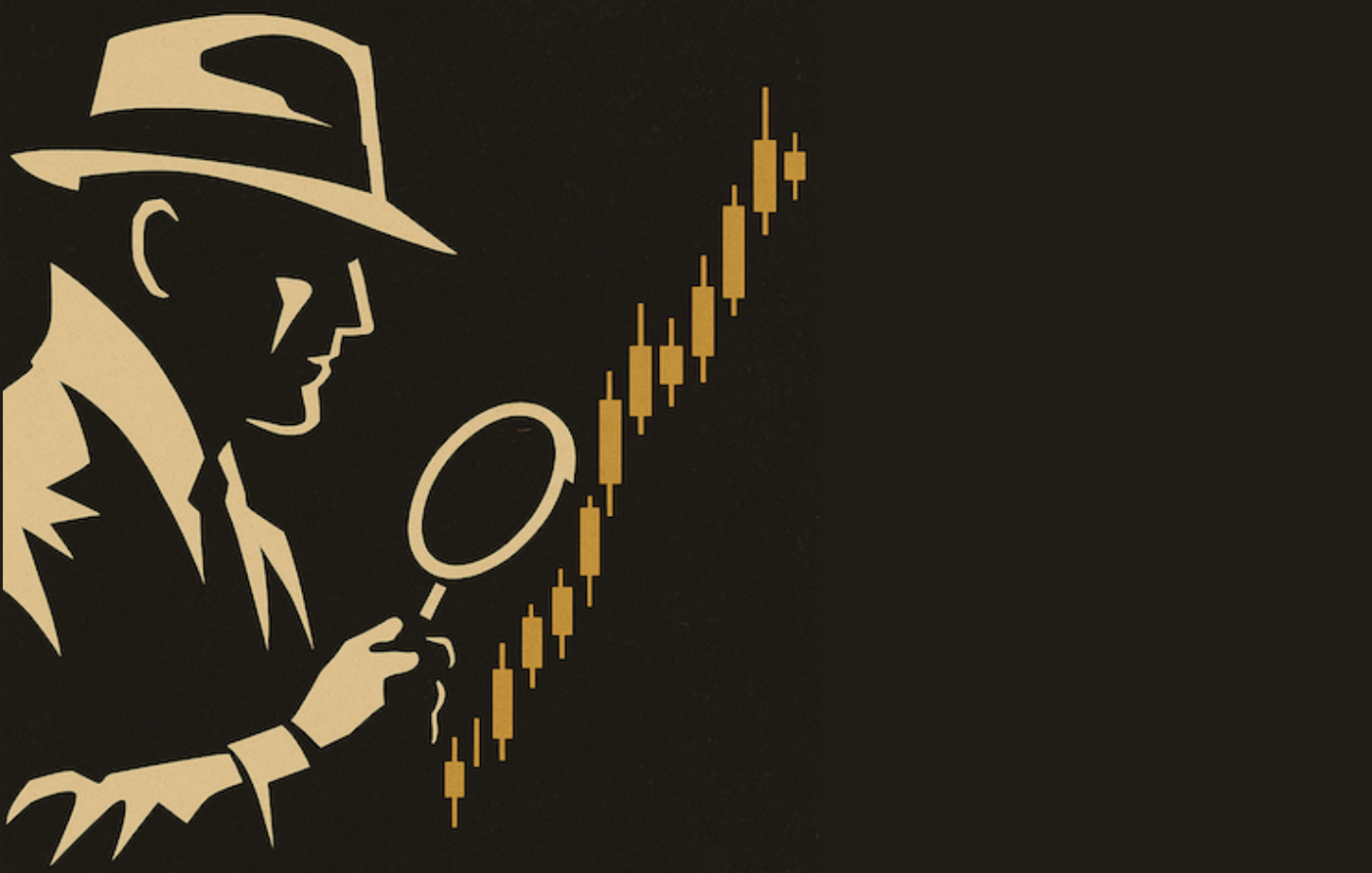GRAIN PRICES ARE FINALLY MOVING HIGHER -- A WEAKER DOLLAR IS INCREASING DEMAND FOR AGRICULTURAL EXPORTS -- COTTON ALSO APPEARS TO BE BOTTOMING -- RISING PRICES COULD BOOST FOOD AND CLOTHING COSTS -- TODAY'S DOLLAR DROP IS BOOSTING GOLD
GRAIN PRICES ARE LEADING COMMODITY RALLY THIS YEAR ... My market message from January 6 expressed the view that commodity prices appeared to be bottoming, which could increase inflation pressures later this year. It also suggested that the chart of the CRB Index might actually be understating the inflation threat. That was due to the fact that most of the CRB gains over the past year came from energy and industrial metal prices. Agricultural markets (which account for 41% of the CRB Index) were not participating in the commodity upturn. That situation has changed. In fact, agricultural prices have been the strongest part of the commodity universe since the start of the year. Yesterday's message showed the PowerShares Agricultural Fund (DBA) rising to the highest level in seven months after rising above its November high (see Chart 1). The DBA is also trading well above its 200-day moving average (red line). The DBA includes ten agricultural commodities which include grain and livestock markets. Corn, soybeans, and wheat account for 40% of the DBA and account for most of its recent gains.

(click to view a live version of this chart)
Chart 1
GRAIN PRICES ARE RISING ... After years of weakness, grain prices are finally starting to rise. The weekly bars in Chart 2 show the price of corn rising to the highest level since midyear after forming a bullish pattern of rising troughs between autumn 2016 and late 2017. Its price appears headed toward a test of last summer's high. Chart 3 shows a similar uptrend developing in the price of wheat. Chart 4 shows an even stronger chart pattern for soybeans which bottomed at the start of 2016. The price of soybeans is already challenging a previous high formed at the start of 2017. A weaker dollar over the past year has played a role in the grain revival because it increases the demand for U.S. grain exports. As is often the case, however, weather is also playing a role. Weather problems in Argentina and Brazil (which threaten their crops) appear to be a driving force pushing grain prices higher. Those two countries are the second and third biggest grain exporters behind the U.S. Drier weather in parts of the U.S. is also causing some concern. Needless to say, rising grain prices could increase consumer prices for food later in the year. Cotton is also rallying.

(click to view a live version of this chart)
Chart 2

(click to view a live version of this chart)
Chart 3

(click to view a live version of this chart)
Chart 4
COTTON IS ALSO RALLYING ... The monthly bars in Chart 5 show how badly cotton has done since 2011 (as have most commodities). After bottoming at the start of 2016, however, the price of cotton has been moving higher (rising trendline). The green line in Chart 5 shows the impact the U.S. dollar has had on the price of cotton during that period. A rising dollar starting in 2011 pushed cotton (and most other commodity prices) lower. Dollar peaks at the start of 2016 and 2017 gave a boost to commodity prices, including cotton. The weekly bars in Chart 6 show cotton nearing a test of the high reached last spring. Its pattern of higher lows since its early 2016 bottom gives the chart a bullish look. A close above its 2017 high would confirm the new uptrend. Moving average trends are also positive with the blue 10-week line moving well above its red 40-week line (blue circle). Rising cotton prices could raise the cost of clothing later in the year.

(click to view a live version of this chart)
Chart 5

(click to view a live version of this chart)
Chart 6
FALLING DOLLAR BOOSTS GOLD ... Speaking of a weaker dollar, the daily bars in Chart 7 show the PowerShares Dollar Index Fund (UUP) falling to a three-week low today. That's giving a boost the price of gold. The daily bars in Chart 8 show the Gold SPDR (GLD) jumping 1.2% today (the equivalent of $15) and rising back over its 50-day average (blue line). Gold has been pulling back in a flag-like pattern since the end of January (marked by falling parallel trendlines). That normally bullish pattern increases the odds for an eventual upside breakout. My work suggests that gold is in the process of forming a major bottom which is normal in a climate of rising inflation. An upside breakout in gold over its January high would also give a boost to the entire commodity complex.

(click to view a live version of this chart)
Chart 7








